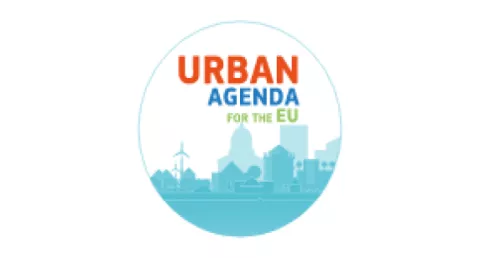Developing guidelines on infrastructure for active mobility supported by relevant funding
In order to develop the full potential of the active modes of transport, cycling and walking infrastructure has to be designed properly.
However, there are no European level standards or recommendations on how to build safe, comfortable, direct and attractive infrastructure for these active modes and the knowledge is missing in several Member States and Cities. As a result, the quality of implemented projects varies, hampering a quicker increase of the share of walking and cycling, and decreasing the effectiveness of the public (including EU) funds used for financing such projects.
The purpose of this action was to address the absence of European guidance material as well as to raise awareness of the existence of relevant EU funds to invest in walking and cycling.
During the duration of the Partnership for Urban Mobility, cycling guidance documents were developed on behalf of DG MOVE. These guidelines feature a section on cycling infrastructure, including information about cycling infrastructure design principles and a series of factsheets about different types of cycling infrastructure. It also lists existing cycling infrastructure quality design guidance (and standards) from the local, regional and national level in several EU Member States.
The European Cyclists’ Federation has systematically screened over 200 programming documents and identified funding opportunities for cycling. This analysis is compiled in the ‘EU Funds Observatory for Cycling’. The observatory also includes good practices examples and is regularly updated to improve access to funding possibilities increasing the share of walking and cycling and improve the effectiveness of public funds.
About this resource
The Urban Agenda for the EU represents a new multi-level working method, for urban policy and practice, promoting cooperation between the European Commission, Member States, cities, and other stakeholders.
Similar content




